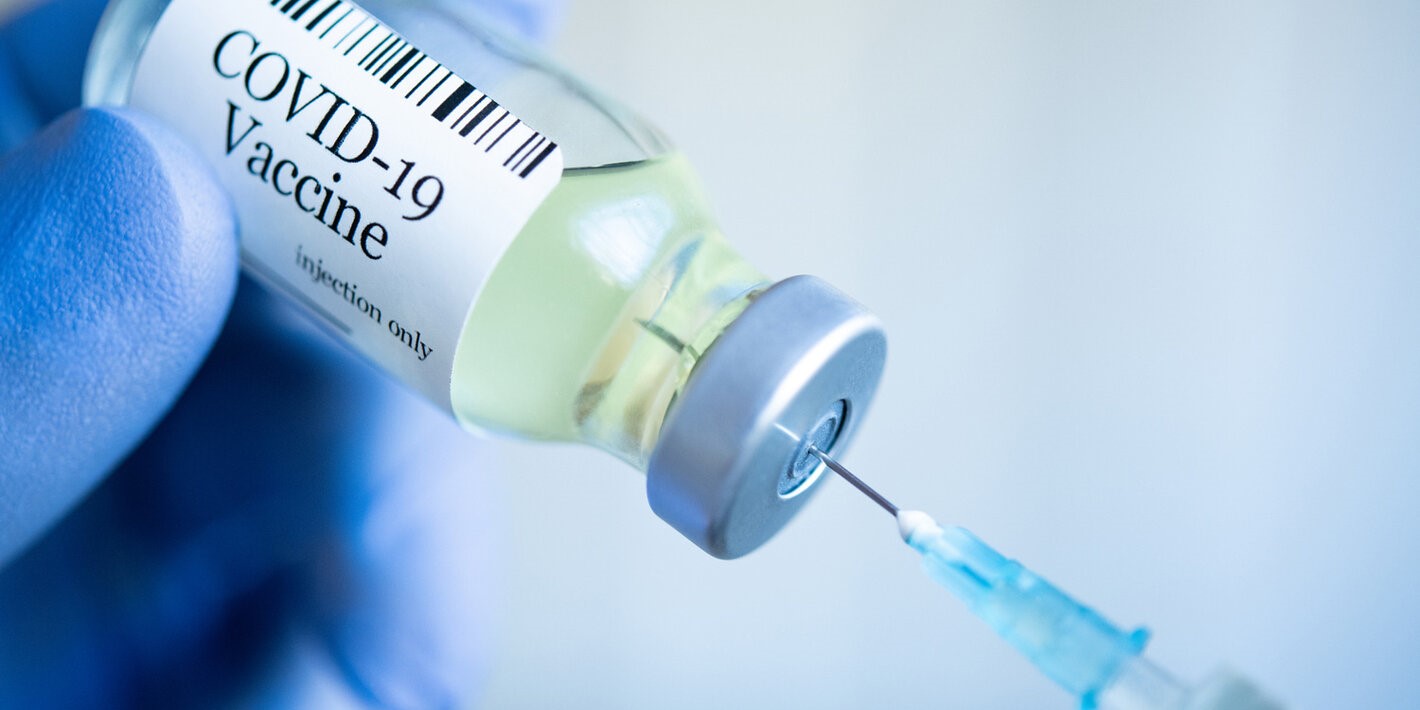The global health infrastructure and economy have shaken to their foundations by the COVID-19 epidemic. This disease is spreading at a breakneck rate with no signs of slowing down. Vaccination could be the most reliable and cost-effective way to slow or halt the pandemic. India, the world’s largest democracy with a population of 1.38 billion Indians, kicked off the world’s largest Covid-19 vaccination campaign on January 16, 2021, with 1.9 lakh people vaccinated on Day 1 through 3,351 sessions and 16,755 vaccinators. ‘Jan Bhagidari,’ or people’s involvement, is the humanitarian principle that guides us. In the first two rounds, 300 million ‘priority population’ is to be vaccinated by July-August 2021. In the first phase, 30 million healthcare and frontline workers were vaccinated over the next three months. Covishield from the Serum Institute of India and Covaxin from Bharat Biotech, both established in collaboration with the Indian Council of Medical Research (ICMR), are homegrown vaccines that back Prime Minister Narendra Modi’s call for ‘Vocal for Local’ and represent the country’s vast creative and scientific spirit. India has vaccinated over 60 million people so far, with the first wave of the rollout focusing on healthcare and frontline staff. People over 60 years old, as well as those aged 45 to 59 with co-morbidities, vaccinated in the latest second process.

India’s population projects to be 1.38 billion inhabitants. 60 million Indians (roughly 4.3 percent of the population) have got their first injection, and only 0.6 percent of the population has been completely vaccinated, a low percentage relative to the global average of 4%. The United States and the United Kingdom, for example, have now vaccinated 29% and 46% of their citizens, respectively. To gain herd immunity, a significant part of a population must be vaccinated. Also vaccinating 60% of India’s population will result in about 800 million citizens getting vaccinated, this will take about two years at the current pace. India’s vaccine production clout allows it to immunize the entire population against COVID-19 and achieve herd immunity. But, to take full advantage of this opportunity, the Indian government must resolve the population, private sector involvement, expense, and logistical problems that are restricting its rollout ability.

Owing to a spike in COVID-19 cases in many states as a result of the virus’s second wave, a larger vaccine campaign is becoming essential for containing the virus’s spreading. As a result, India’s vaccine supply chain network is set to experience notable alterations, presenting anticipations for cold chain logistics service providers to meet the demand for vaccine sourcing, acquisition, packaging, distribution, and last-mile delivery.

If 2020 was a year that put human willpower to the test, 2021 is supposed to be a year of healing, rebuilding confidence in the potential of brave and caring leaders, doctors, frontline workers, and hundreds and thousands of humanity who never lost hope in the process.


Can you be more specific about the content of your article? After reading it, I still have some doubts. Hope you can help me. https://www.binance.com/ph/register?ref=JHQQKNKN
Thanks for sharing. I read many of your blog posts, cool, your blog is very good. https://www.binance.com/cs/register?ref=S5H7X3LP
Thanks for sharing. I read many of your blog posts, cool, your blog is very good.
Your article helped me a lot, is there any more related content? Thanks!
Can you be more specific about the content of your article? After reading it, I still have some doubts. Hope you can help me.
I don’t think the title of your article matches the content lol. Just kidding, mainly because I had some doubts after reading the article.
I don’t think the title of your article matches the content lol. Just kidding, mainly because I had some doubts after reading the article.
I don’t think the title of your article matches the content lol. Just kidding, mainly because I had some doubts after reading the article.